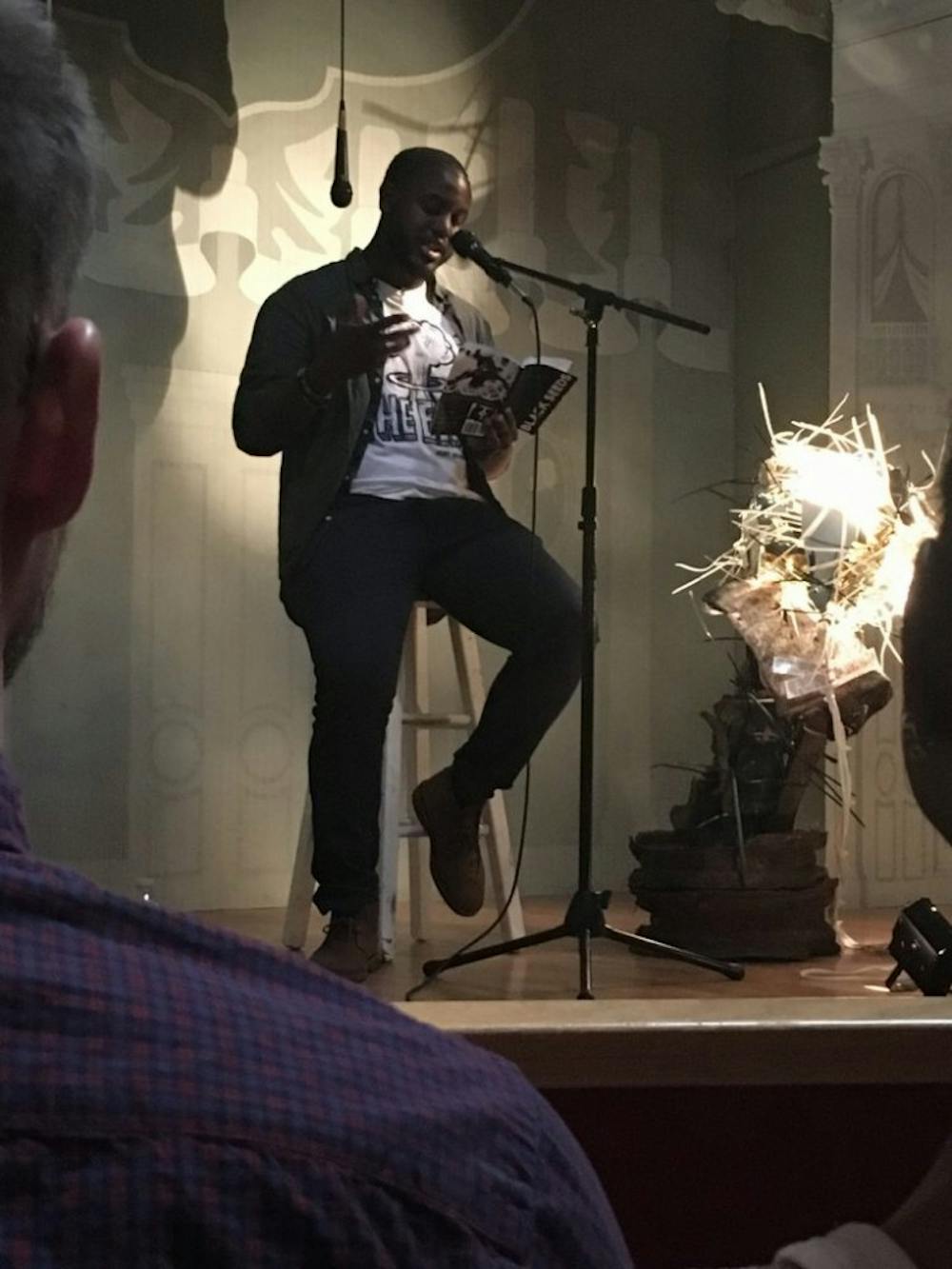The Contemporary is one of Baltimore’s most unique arts institutions and perhaps its most innovative museum. It does not collect art, nor does it have a central location for displaying works. Instead, it is a nomadic museum, commissioning works to transform specific Baltimore spaces into nouveau-galleries.
Their latest project, entitled Only When It’s Dark Enough Can You See The Stars, is an impressive collection of works by New York-based artist Abigail DeVille. The project centers around DeVille’s extensive research of the Peale Museum, where the works are installed.
The Peale Museum, located at 225 N. Holliday St., has an incredibly rich history. It was the first building in the Western Hemisphere to be designed to function specifically as a museum. It was also used as Baltimore’s City Hall and the first public secondary school for African-Americans in Baltimore, among its many other functions over time. Though it has been vacant since 1997, the Peale Museum will undergo restoration and renovation beginning this upcoming summer.
In the meantime, the Contemporary has taken up residence in the museum’s interior, which now serves as an exhibition space. DeVille’s works fill several separate but connected spaces, which span both of the museum’s floors as well as the enclosed outdoor area. Needless to say, there is quite a lot to see. If you decide to visit the museum, be sure to give yourself time to wander through each of the spaces and soak in the many details DeVille has posited in each. In one room, for example, sits an enormous dry cleaning rack. As it turns, the various items hanging from it — mannequins, pots, raquets — swing into view. On two walls within the same room are complex networks of televisions, piled on top of one another, some playing eclectic footage while others display static.
In another room are fences, doors, windows and the like positioned on the floor and suspended from the ceiling at varied angles. Also in this room is a poster titled “Where do the Poor Live?” There are, without a doubt, many items of interest, each carefully selected for display, in every corner of the museum.
Perhaps the most striking area, the central gathering space features a large, black tapestry that has been draped across the ceiling and covered with holes, creating the effect of stars shining through. Pews fill this room, which also houses a stage and a microphone, so that all who enter the museum can have a voice.
The space is available for any sort of community gathering — open mic night, band practice, group meeting — for the duration of the exhibition. It also serves as a performance space for the salons The Contemporary is holding each Sunday.
This past Sunday, April 24, marked the first salon, which featured three Baltimore artists: R&B musician :3lon, poet Tariq Touré and singer-songwriter Sunny Cowell.
Future salons will feature such artists as poet and spoken word artist Lady Brion and musician and maker of non-traditional instruments Abu the Flutemaker.
There will be a curatorial tour on May 18 at 7 p.m. The project’s closing reception will be at 7 p.m. on June 11.





